Table of Contents
Key Takeaways
- Understand the Causes: Identifying why algae is growing in your pond is the first step to controlling it.
- Natural vs. Chemical Methods: Both natural and chemical treatments have pros and cons; choose what fits your pond’s ecosystem.
- Prevention is Key: Regular maintenance and balancing the pond’s ecosystem can prevent algae from becoming a problem.
- Case Studies for Insight: Real-world examples show how different ponds have successfully managed algae problems.
- Safety and Environmental Considerations: Ensure that treatments are safe for fish, plants, and the surrounding environment.
Introduction
If you’ve ever looked out at your once-beautiful pond and sighed at the sight of green sludge, you’re not alone. I’ve been there, and I know how frustrating it can be to see your pond transform into something that resembles a neglected swimming pool. But don’t worry; algae may be persistent, but it’s far from unbeatable. I’m going to walk you through some straightforward steps to tackle that algae and keep your pond looking great.
Understanding Pond Algae
Types of Algae in Ponds
- Green Water Algae: Responsible for turning your pond water into a pea-soup-like mess, this type floats freely and can spread fast if you don’t stay on top of it.
- String Algae (Filamentous Algae): Often seen as long, stringy filaments that attach to rocks and plants, string algae can be a real headache. I’ve had my fair share of battles with this one!
- Blue-Green Algae (Cyanobacteria): Not technically algae, but bacteria, this type can produce toxins harmful to fish and other wildlife. It’s definitely not something you want to see in your pond.
Causes of Algae Growth
- Excess Nutrients (Nitrogen and Phosphorus): These nutrients, often from fish waste or decaying plant matter, are like a buffet for algae.
- Sunlight Exposure: While we all love a sunny day, too much sunlight can accelerate algae growth, especially in shallow ponds.
- Poor Water Circulation: Stagnant water is a breeding ground for algae, which is why good circulation is key.
- Accumulation of Organic Debris: Fallen leaves, fish waste, and other organic materials can contribute to nutrient overload, giving algae all it needs to thrive.
Assessing the Algae Situation in Your Pond
Identifying the Type of Algae
Understanding which type of algae you’re dealing with is the first step. Personally, I’ve found that string algae is the most stubborn, but each type requires a slightly different approach.
Determining the Severity of the Algae Problem
- Light Growth: Small patches of algae can often be managed with minimal intervention. A little skimming here and there might be all you need.
- Heavy Infestation: When your pond starts looking more like a swamp than a serene water feature, it’s time to get serious.
Evaluating the Impact on Pond Life
I’ve noticed that when algae starts affecting the clarity of the water, it’s not long before the fish start showing signs of stress. If you see fish gasping at the surface, that’s a clear sign you need to act quickly.
Preventive Measures to Control Algae Growth
Maintaining a Balanced Ecosystem
- Proper Fish Stocking: I learned early on that overstocking your pond can lead to more waste, which fuels algae growth. Keeping the fish population in check has made a huge difference for me.
- Introduction of Beneficial Bacteria: Adding beneficial bacteria was a game-changer for my pond. It helps break down waste and reduces nutrient levels, making it harder for algae to thrive.
Water Quality Management
- Regular Testing of Water Parameters: Keeping an eye on the water quality has saved me a lot of headaches down the line. Monitoring ammonia, nitrites, and nitrates can help you catch issues before they spiral out of control.
- Avoiding Overfeeding of Fish: It’s tempting to give your fish a little extra, but trust me, overfeeding just leads to more waste and more algae. Feed them only what they can consume in a few minutes.
Shading and Pond Covers
- Planting Aquatic Plants: Adding water lilies to my pond not only added beauty but also provided much-needed shade, which slowed down the algae growth.
- Installing Floating Covers: If plants aren’t enough, floating covers can block sunlight and further reduce algae growth.
Natural Methods to Remove Algae
Manual Removal Techniques
- Using a Pond Skimmer or Rake: I’ve spent many afternoons skimming algae off the surface. Sure, it’s not the most fun, but it works like a charm for keeping things under control.
- Trimming and Removing Excess Aquatic Plants: Regularly trimming plants helps prevent them from decaying and contributing to the nutrient load.
Biological Controls
- Adding Algae-Eating Fish: I’ve found that adding koi and goldfish to my pond not only enhanced the aesthetics but also helped keep the algae in check.
- Using Barley Straw as an Algae Inhibitor: Barley straw has been one of my favorite natural methods. As it decomposes, it releases compounds that inhibit algae growth without harming the fish.
Beneficial Microorganisms
- Introduction of Aerobic Bacteria: These bacteria work wonders by outcompeting algae for nutrients, keeping the water clear and healthy.
Chemical Treatments for Algae Removal
Algaecides: Pros and Cons
- Types of Algaecides: I usually stick to natural methods, but when things get out of hand, a copper-based algaecide can be the backup plan. Just be cautious, as overuse can harm your fish.
- Application Guidelines and Safety Precautions: If you go this route, make sure to follow the instructions carefully. The last thing you want is to solve one problem only to create another.
Using Herbicides for String Algae
- Selective Herbicide Options: For string algae, selective herbicides can be effective, but I always consider the environmental impact before applying anything to my pond.
- Safety and Environmental Impact: Always think about the potential effects on local wildlife and water quality when using chemicals.
Enhancing Pond Filtration Systems
Upgrading Your Pond Filter
- Types of Pond Filters: I upgraded my filter to a combination of mechanical, biological, and UV filtration, and the difference was night and day.
- Choosing the Right Filter for Your Pond Size: Make sure your filter is appropriately sized. I learned this the hard way when my initial setup couldn’t handle the load.
Adding UV Clarifiers
- How UV Clarifiers Work Against Algae: These are a fantastic addition; UV light sterilizes algae cells, preventing them from reproducing. After adding one, I noticed a significant drop in algae within weeks.
- Installation Tips: Position the clarifier after the mechanical filter for maximum effectiveness.
Regular Pond Maintenance Tips
Routine Cleaning Schedules
- Debris Removal and Vacuuming: Regular cleaning is essential. I make it a point to remove debris every few weeks to prevent nutrient buildup.
- Filter Cleaning and Replacement: Keeping your filter clean ensures it operates effectively. Don’t forget to replace it as needed; I’ve found that neglecting this can quickly lead to algae problems.
Seasonal Maintenance
- Preparing Your Pond for Different Seasons: Adjust your maintenance routine based on the season. In summer, focus on shading; in fall, remove dead plants to prevent decay.
- Winter Care and Spring Start-Up: I always ensure my pond doesn’t freeze completely during winter, and a thorough spring cleaning gets everything back on track for the year.
Case Studies: Successful Algae Removal
Case Study 1: Small Backyard Pond
- Initial Algae Problem: A few years ago, my small pond turned into a green mess due to nutrient overload.
- Steps Taken and Results Achieved: I reduced fish feeding, introduced beneficial bacteria, and added floating plants. Within weeks, the water cleared up, and it’s been stable ever since.
Case Study 2: Large Ornamental Pond
- Long-Term Algae Management Strategy: For a larger pond I managed, we used a combination of UV clarifiers, manual removal, and seasonal maintenance. Over several years, this strategy kept the algae under control.
- Ongoing Maintenance Practices: Continuing with shading plants and regular filtration upgrades has ensured the pond remains clear and beautiful.
Common Mistakes to Avoid When Removing Algae
Overuse of Chemicals
- Risks of Algaecide Overdose: I’ve seen ponds suffer from overuse of chemicals. It’s crucial to find a balance and avoid harming the ecosystem.
Ignoring Underlying Causes
- Importance of Addressing Nutrient Sources: Early on, I focused too much on just removing algae without addressing nutrient sources. It’s a mistake you want to avoid because the problem will just keep coming back.
Poor Maintenance Practices
- Inconsistent Cleaning and Monitoring: Regular maintenance is key. In the past, I’ve been guilty of letting things slide, only to have algae come roaring back. Stay consistent!
The Role of Aeration in Algae Control
Importance of Oxygen Levels
- How Aeration Prevents Algae Growth: Adding aeration was a game-changer for me. It not only improved water quality but also made it much harder for algae to get a foothold.
- Types of Aeration Systems: I’ve tried both surface aerators and bottom diffusers. Both work well, but the choice depends on your pond size and depth.
Installing Aerators in Your Pond
- Choosing the Right Aerator: Consider your pond’s specific needs when selecting an aerator. A small pond might only need a simple fountain, while a larger pond could benefit from a more robust system.
- Maintenance of Aeration Equipment: Regularly check and clean aerators to ensure they function properly. I’ve learned that a little maintenance goes a long way in preventing future issues.
Understanding the Ecological Balance of Your Pond
Balancing Fish, Plants, and Microorganisms
- How Each Component Contributes to Algae Control: A healthy balance is essential. I’ve seen firsthand how too many fish or not enough plants can throw things off.
- Creating a Self-Sustaining Pond Ecosystem: The goal is to create a system that needs minimal intervention. Encourage natural algae predators and promote biodiversity to keep your pond thriving.
Promoting Biodiversity
- Encouraging Natural Algae Predators: I’ve found that encouraging insects and animals that naturally control algae can be very effective.
- Supporting Plant Variety: Adding a diverse range of aquatic plants not only beautifies your pond but also helps outcompete algae for nutrients and light.
Conclusion
Dealing with pond algae can be a pain, but trust me, it’s totally manageable. I’m sharing these steps because I’ve experienced the frustration of algae firsthand and know how disheartening it can be to see your pond overrun with it. By understanding the causes, selecting the right methods for your pond, and maintaining a balanced ecosystem, you can keep your pond clear and beautiful. The key is consistency and a proactive approach to pond management. I hope these tips help you enjoy your pond as much as I enjoy mine.
Frequently Asked Questions (FAQs)
- What is the safest way to remove algae from my pond?
Natural methods like introducing algae-eating fish or using barley straw are safe and effective. - Can I use household bleach to kill pond algae?
No, household bleach is toxic to fish and plants and should never be used in ponds. - How often should I clean my pond to prevent algae?
Regular cleaning every few weeks, along with seasonal maintenance, is recommended to keep algae at bay. - Is it possible to completely eliminate algae from a pond?
While it’s difficult to eliminate algae entirely, proper management can keep it under control and prevent it from becoming a major problem. - What are the signs that algae are harming my pond’s fish?
If you notice fish gasping at the surface, sluggish behavior, or a sudden drop in fish population, it could indicate that algae are depleting oxygen levels or releasing toxins.























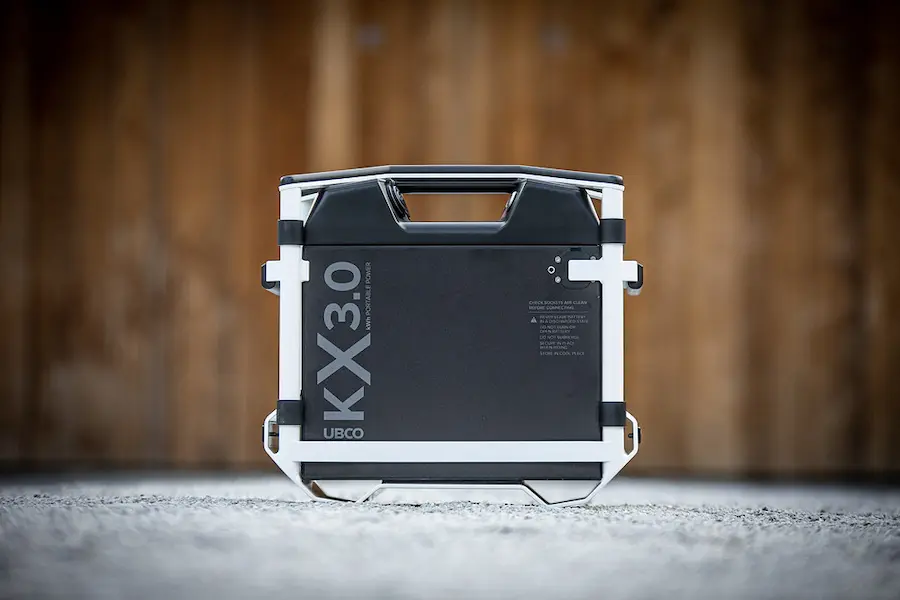









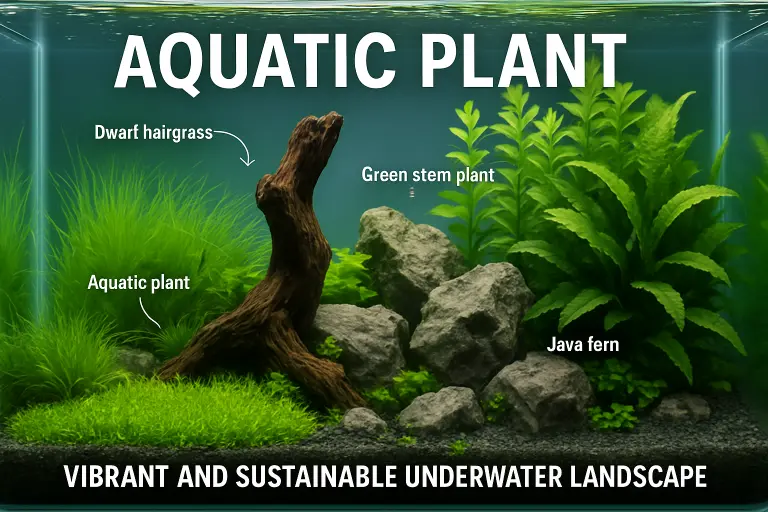























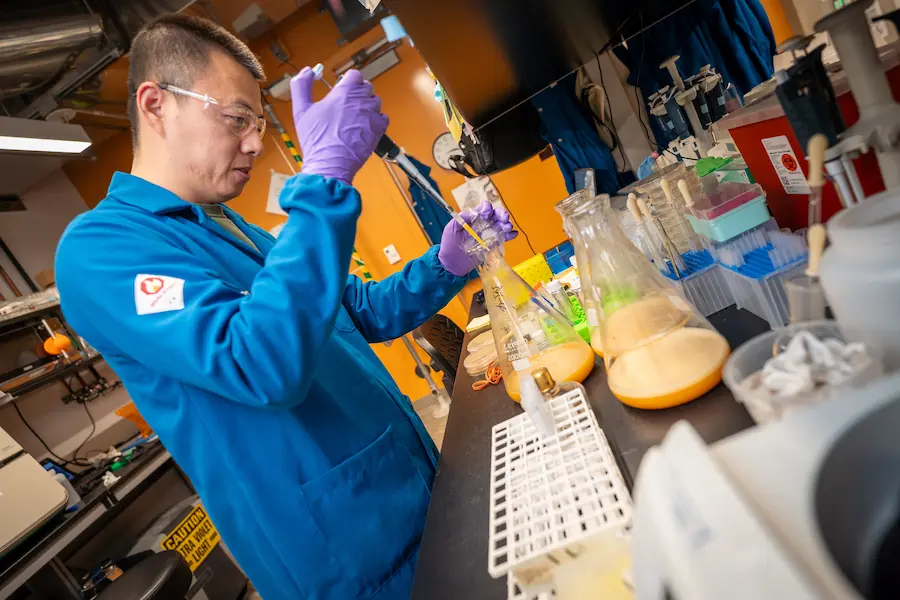


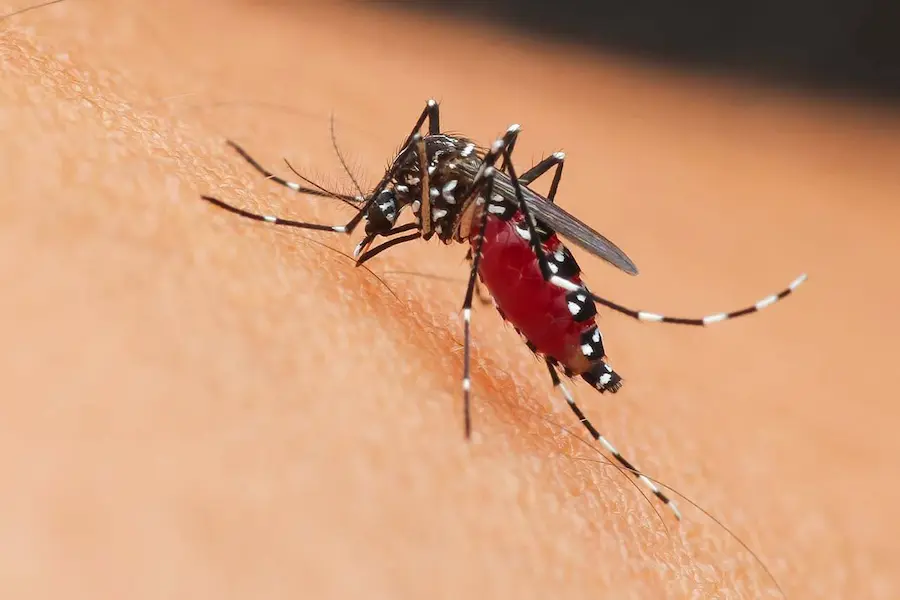


























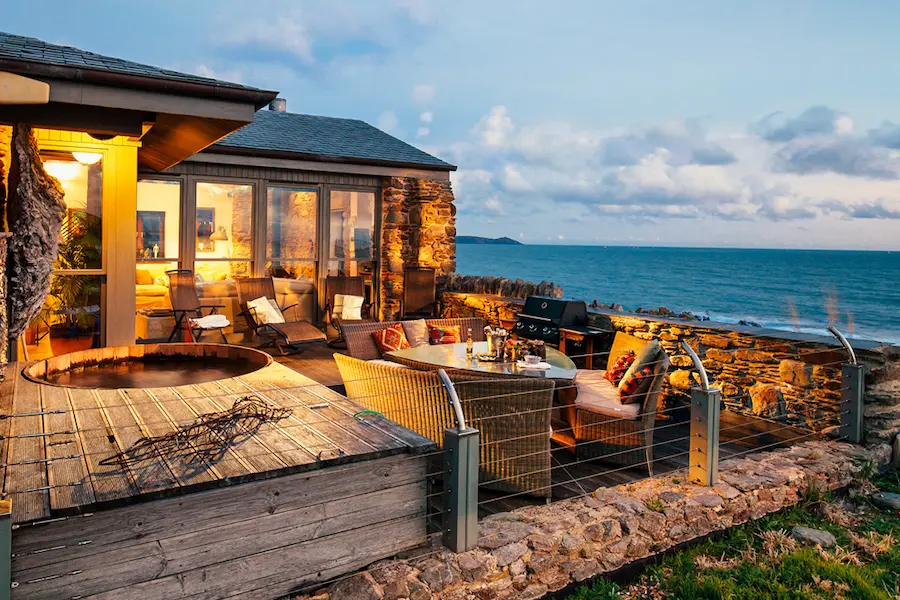



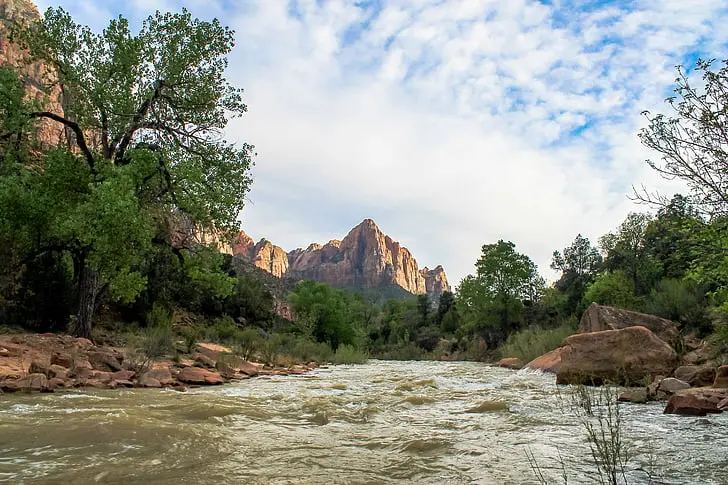



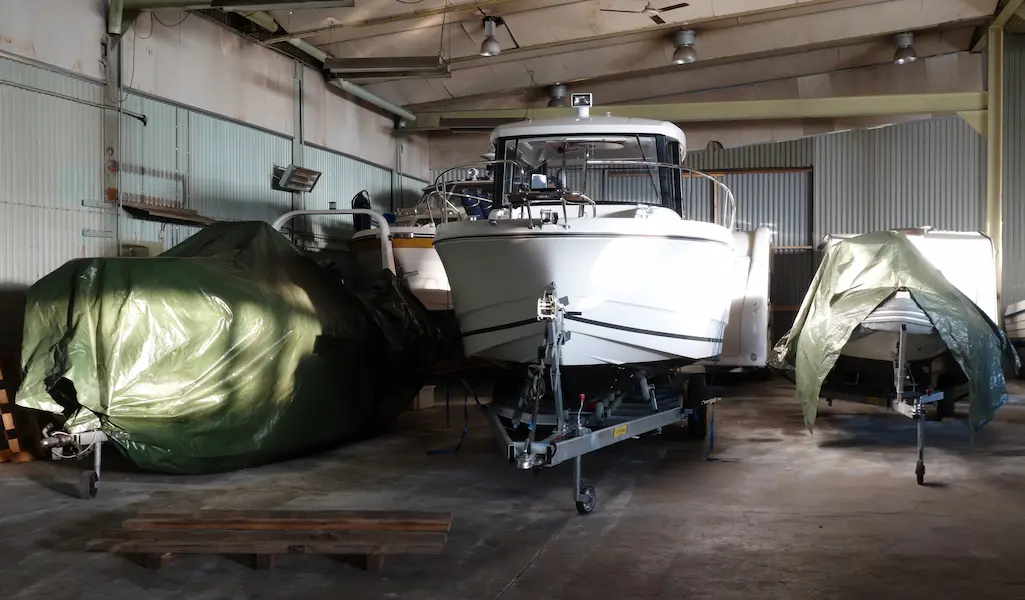




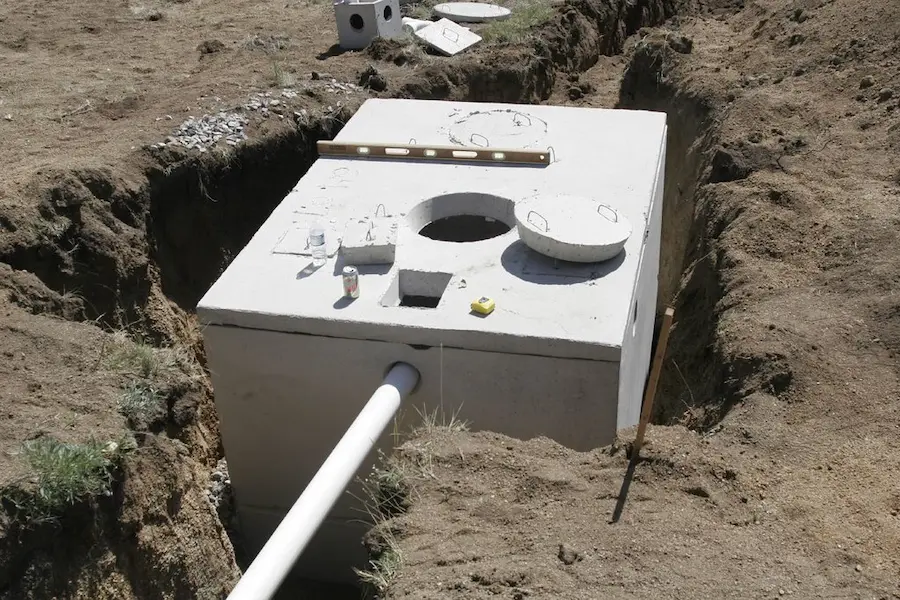















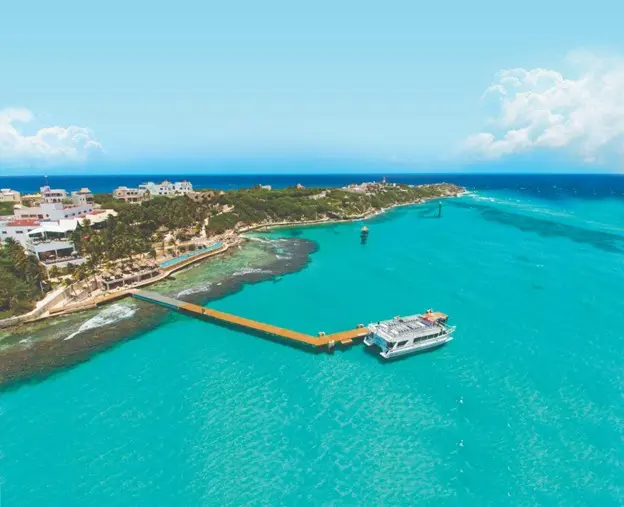

































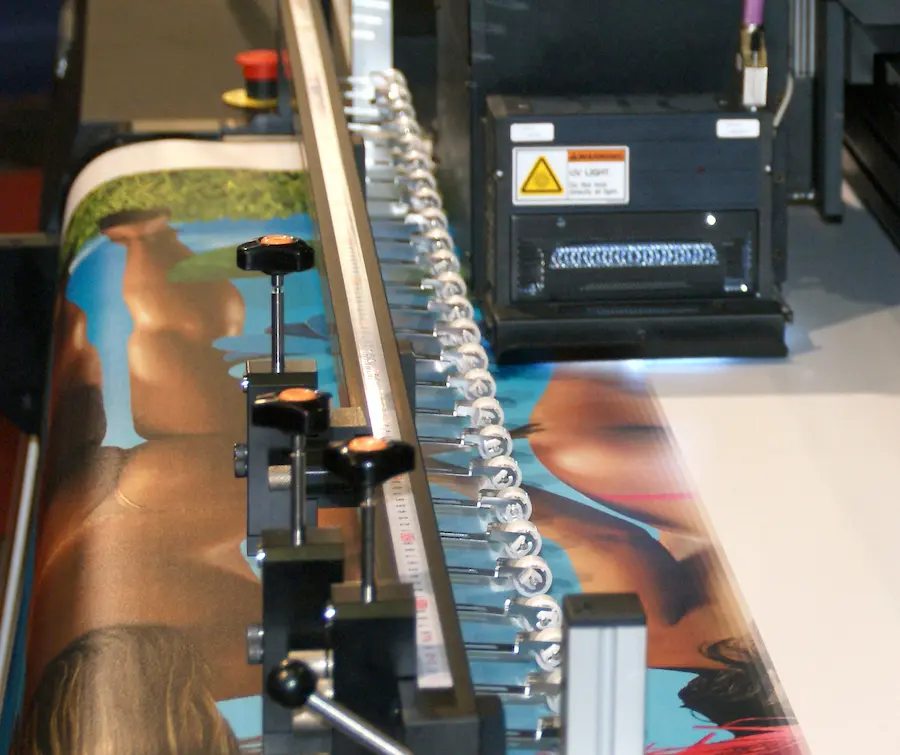


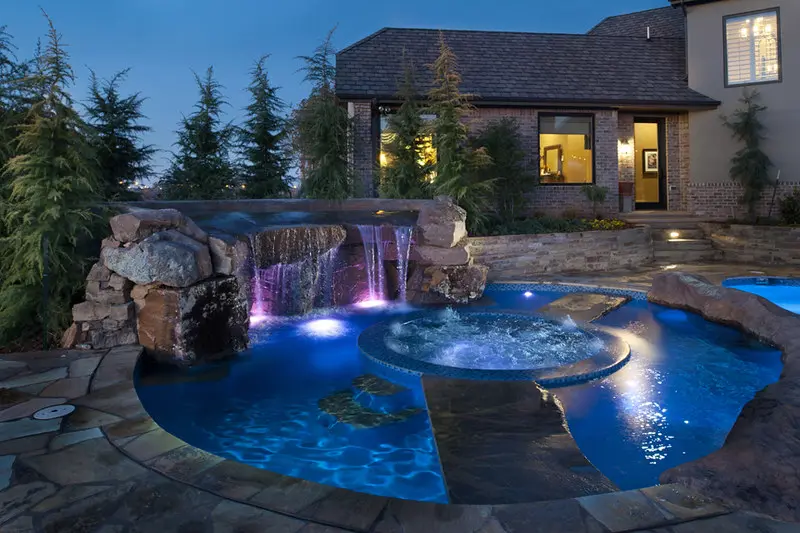


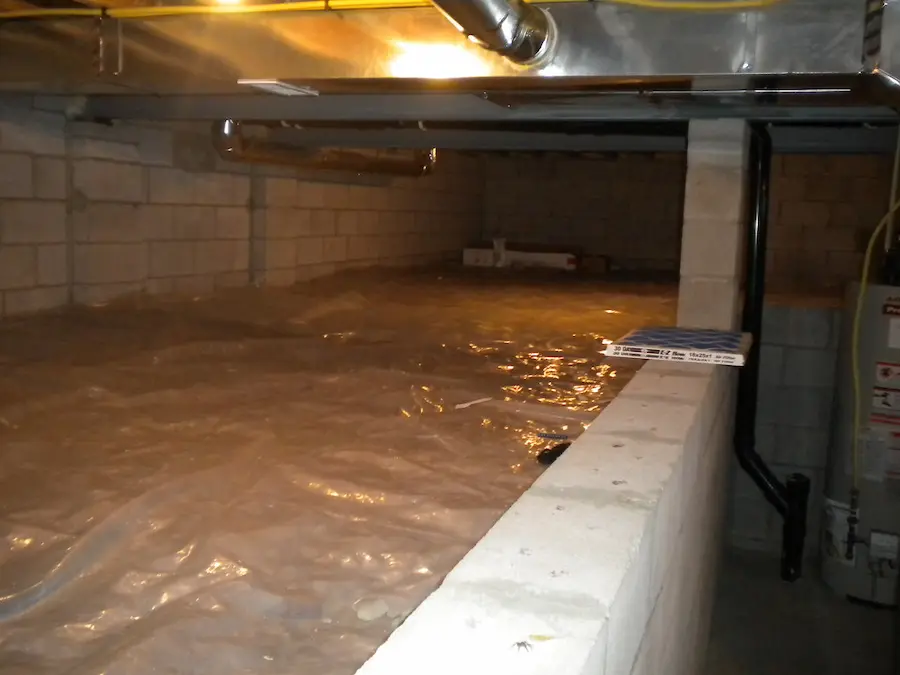
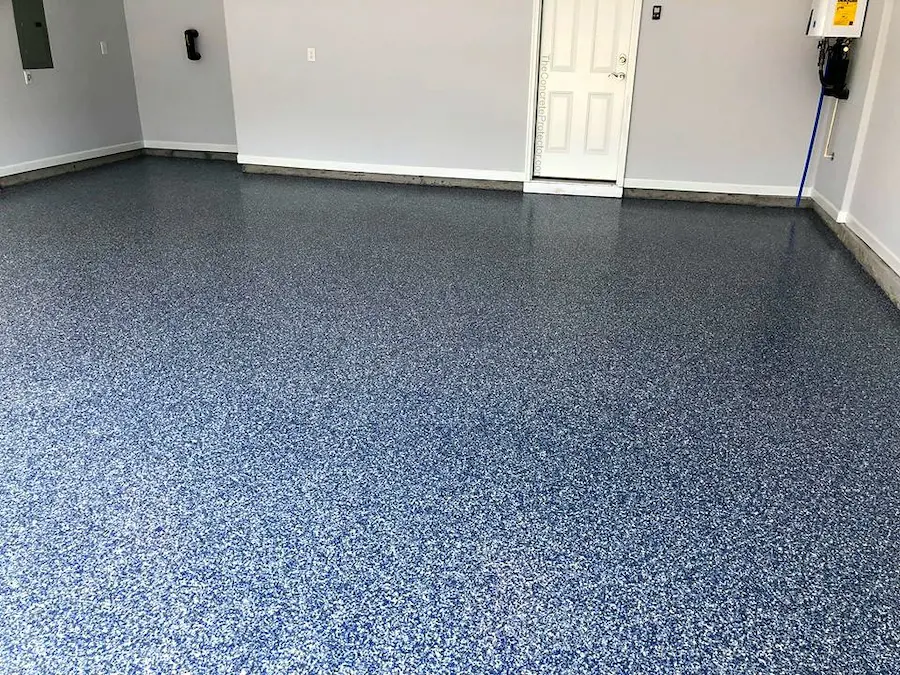











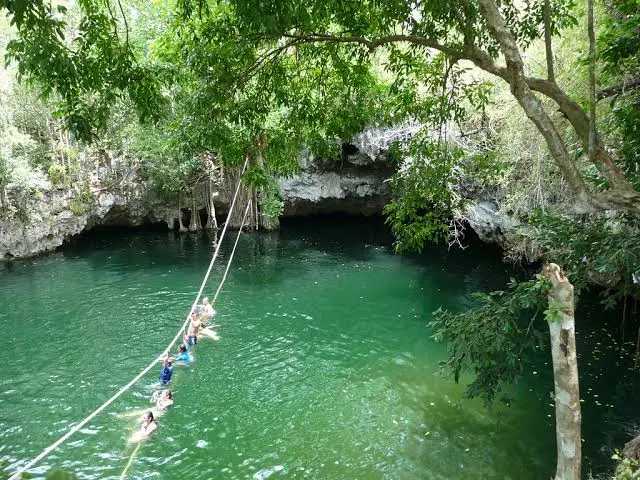



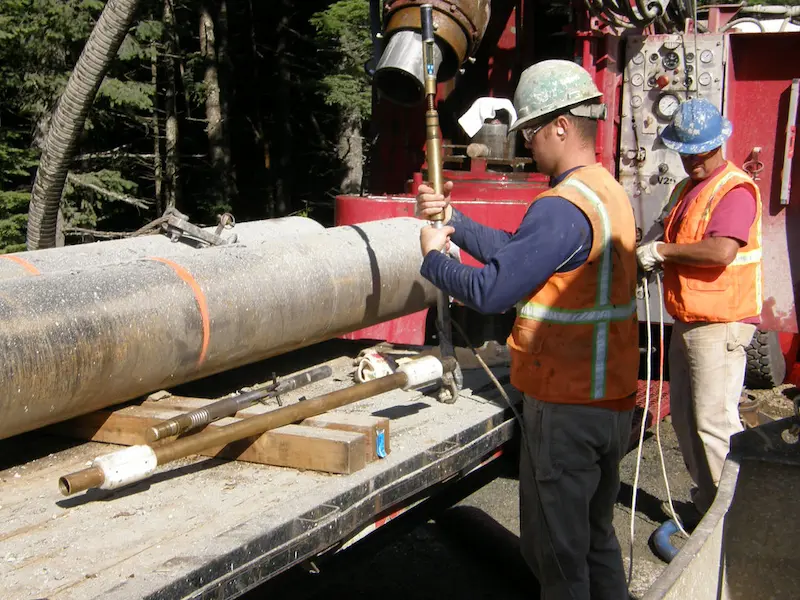






















































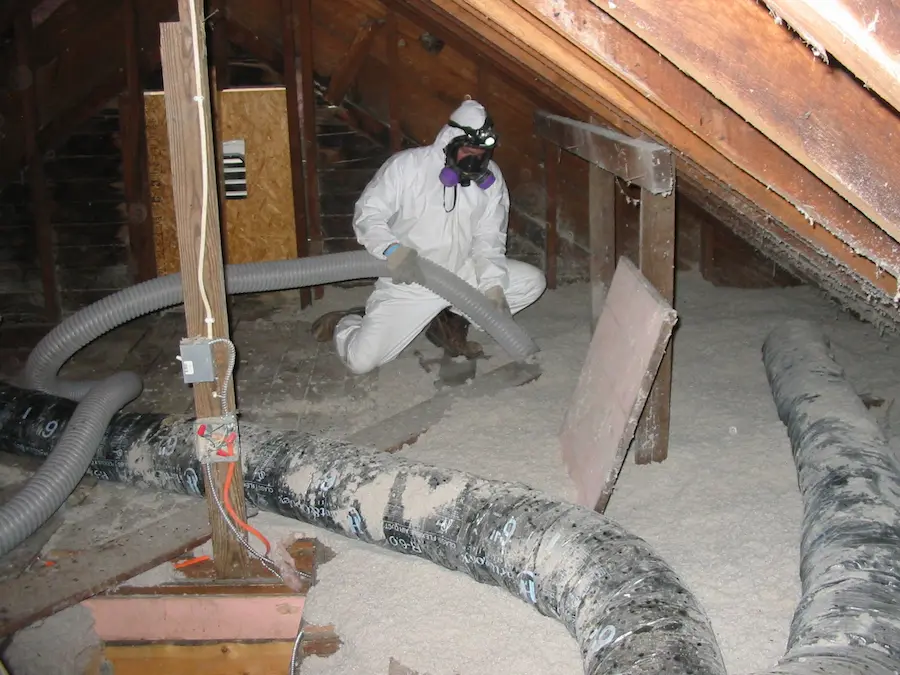






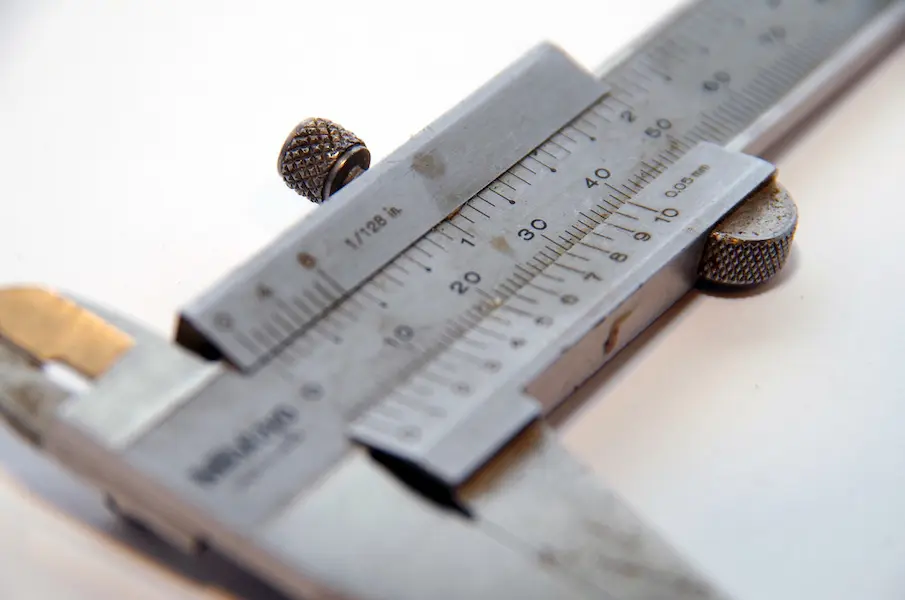
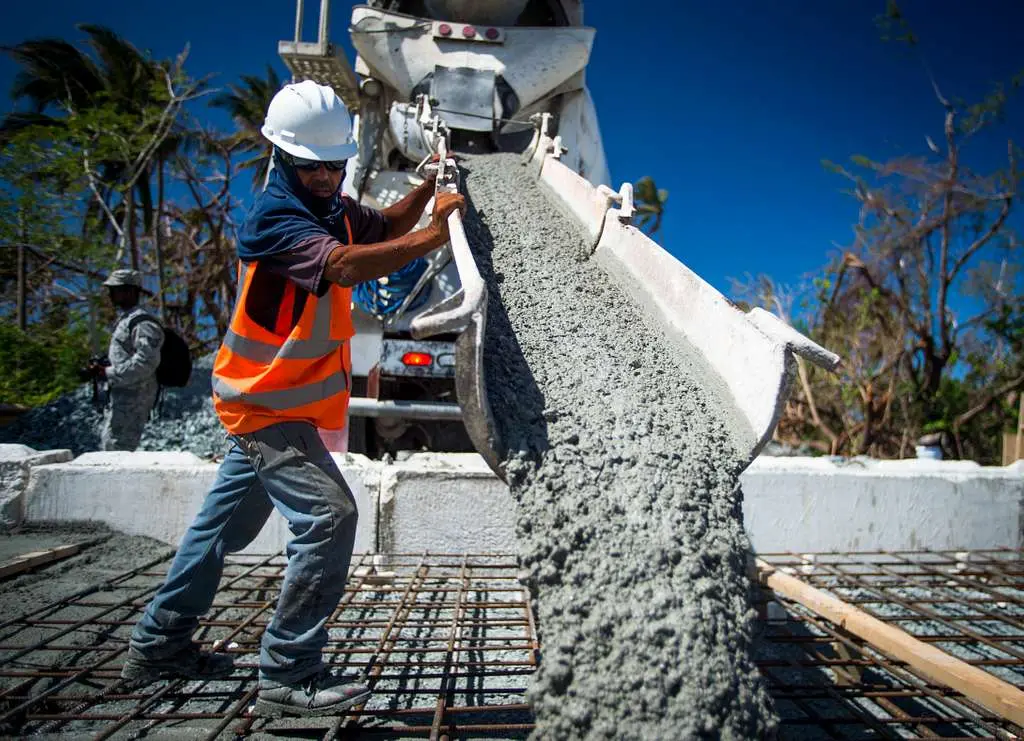
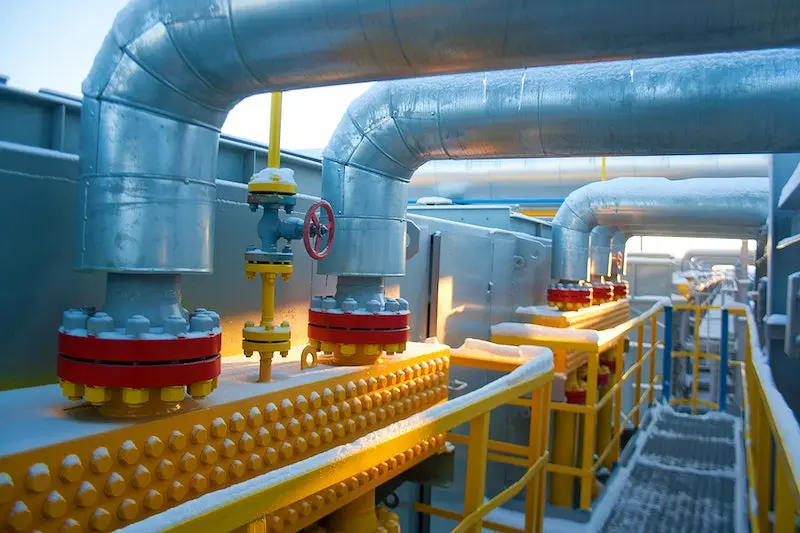









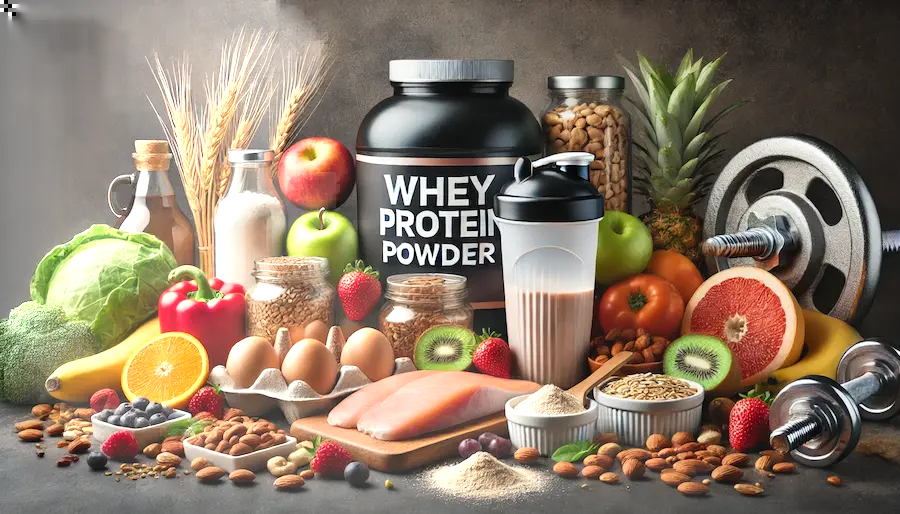































































































































































































































































































































































































































































































































































































































































































































































































































































































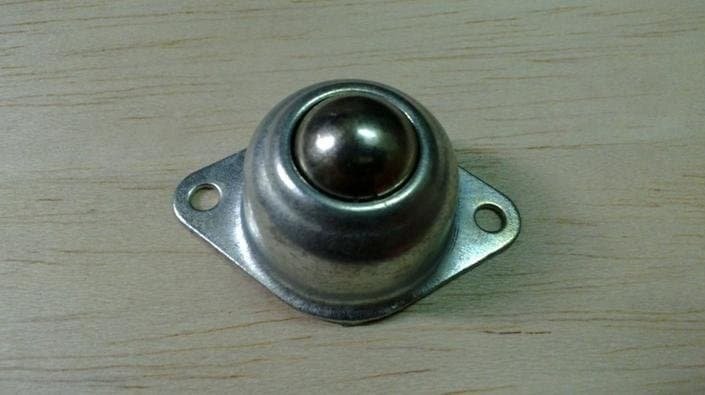

















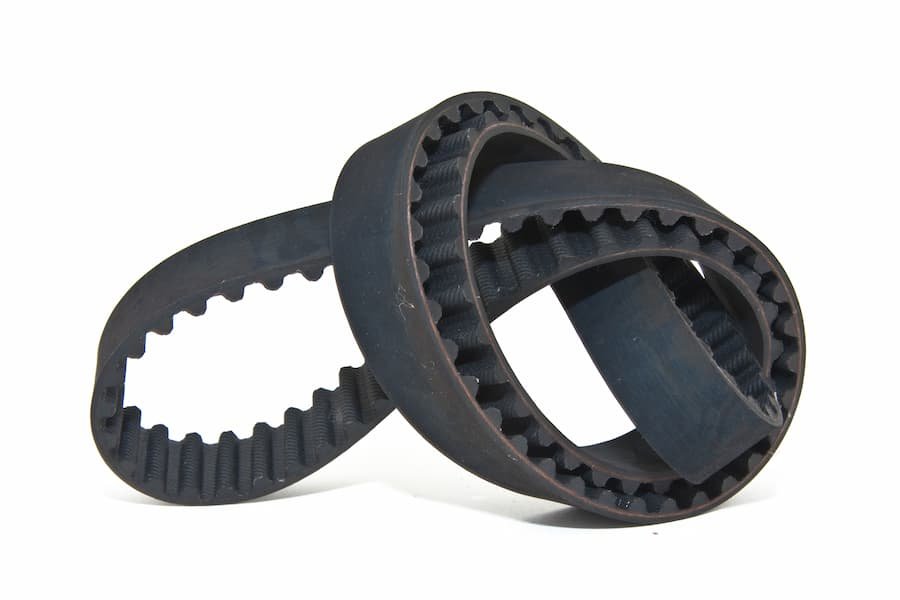



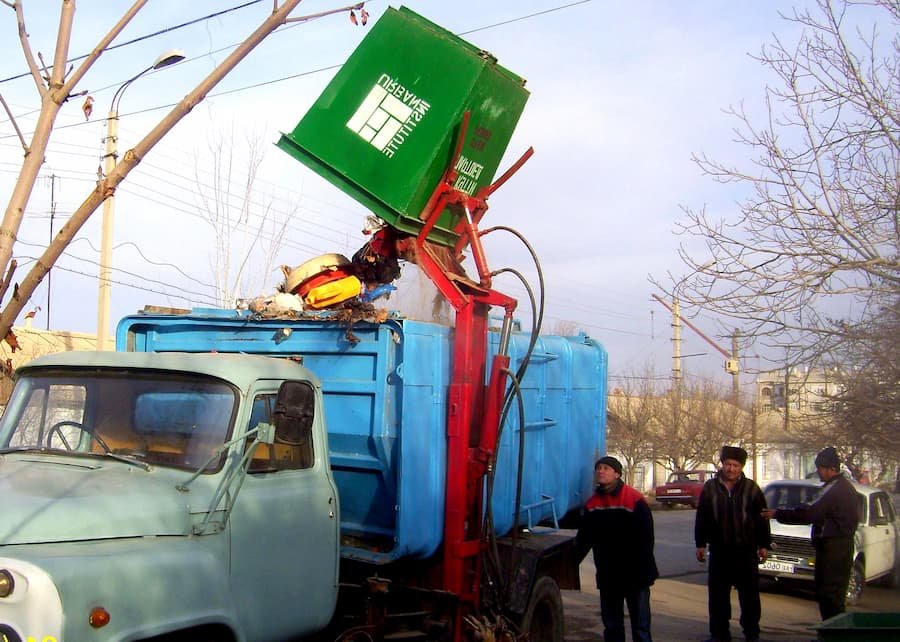








































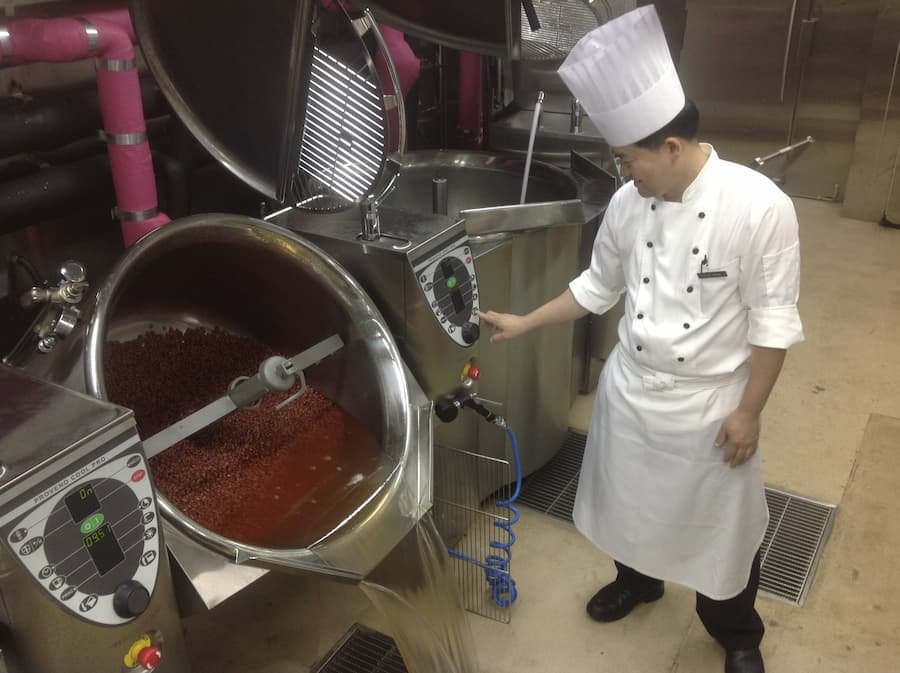




































0